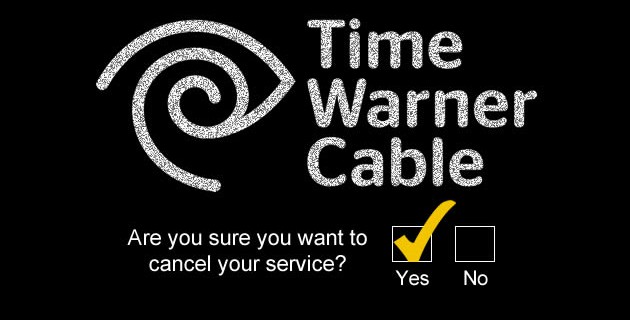Want smarter insights in your inbox? Sign up for our weekly newsletters to get only what matters to enterprise AI, data, and security leaders. Subscribe Now
The two largest cable service providers in the U.S. reported very different results when it came to subscription numbers — once again questioning the legitimacy of the consumer cord cutting movement, among other things.
Today Time Warner Cable reported that it had lost over 306,000 TV subscriptions (of 11.7 million total) during its third quarter, which is a much larger drop than analysts anticipated. That means well over a quarter of a million households were fed up with TWC and went elsewhere for their viewing pleasure.
This may have far more to do with TWC’s lackluster TV service than anything else. The huge TV subscriber drop really doesn’t prove cord cutting is a force because TWC also saw a drop in both its broadband Internet (24,000 fewer subscribers) and home phone services. And since many regions only have one high-speed ISP, you’d think the company’s broadband subscriber growth would at the very least stay flat if people were truly turning to the Internet for TV content.
TWC attributes the bulk of its TV subscriber loss to its month-long blackout of CBS, the country’s most watched broadcast network, and its stable of premium cable channels like Showtime. That may very well be true, but it’s certainly not the only reason customers canceled. It was probably just the last straw.
I’m a TWC subscriber who pays for extended basic TV package, so I can vouch for the fact that the company’s service is awful. The set-top box is ancient, and the operating system on it is slow, buggy, and redundant. You get the same channels repeated multiple times, some in HD and some in standard def. Other channels are frustratingly only available in either SD or HD but not both. Channels are grouped by genres (news, lifestyle, entertainment, sports, etc.), which is fine, but so is the on-demand content. And searching for something that crosses genres just plain sucks because you have to use the remote to type. This experience may have been barely acceptable several years ago, but certainly not today. If TWC ever experienced a blackout for one of the few channels I watched, I’d probably cancel immediately. Not just the TV portion — I’d get rid of everything.
On the other hand, the number one U.S. cable provider, Comcast, has been working on a much improved TV watching experience with the release of its X1 set-top box and operating system, as VentureBeat previously reported. (Of course Comcast isn’t without its share of mind-numbingly frustrating issues, either.) Comcast also reported a decline of 129,000 (of 21.6 million) TV subscribers for the third quarter, yet its broadband Internet subscribers rose to 20.3 million. But Comcast also didn’t have to deal with the CBS blackout, so it’s hard to say if we’d see an overall decline like TWC did.
So where does this leave TWC? Hopefully it’ll push the company to revolutionize its set-top boxes, for starters. It wouldn’t really even need to work that hard. Fanhattan’s Fan TV is currently looking to do this for cable providers, and yesterday Comcast execs told analysts that it would be open to licensing its X1 technology to other cable providers. But TWC might not even get the chance to do this if its subscription numbers keep dropping.
That said, Reuters is reporting that TWC is now much more open to the idea of merging with cable provider Charter Communications (the idea was first proposed to a very resistant TWC back in July). If that doesn’t happen, TWC now has to face a newly empowered Aereo, which offers all the basic broadcast stations for a fraction of TWC’s monthly price, not to mention competition from satellite TV service Dish Network and DirecTV.
We may not be witnessing the rise of the cord cutting movement, but this could be the downfall of TWC as a residential cable provider. The next few quarters will definitely be interesting.


